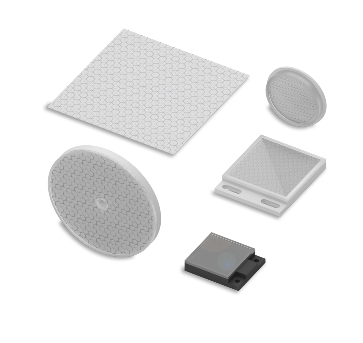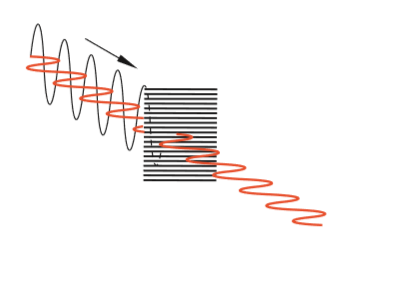Polarizing filter
In a secular system, part of the emitted light is directly reflected back to the receiver from a smooth surface object, such as stainless steel, aluminum, or tinplate. Therefore, the simple secular optical switch cannot reliably distinguish the reflected light from the reflector. So we can't rule out the wrong reading.
For this reason, the mirror reflection type optical switch is equipped with a polarization filter, which can be used together with the reflector (an optical prism), which can selectively block the reflected light of the object, but the reflected light of the reflector will still be produced. the light beam consists of many independent beams, all of which oscillate sinusoidal along their propagation axes.
However, the oscillating surfaces do not affect each other, and any desired angular position can occur (see picture). If the light beam meets the polarization filter (thin wire grating), the beam whose oscillation direction is parallel to the grating surface can pass through, while all the vertically oscillating beams are filtered out.
In all other oscillating planes, only part of the light composed of parallel components is allowed to pass through.

Learn more about Balluff's polarizing filter
